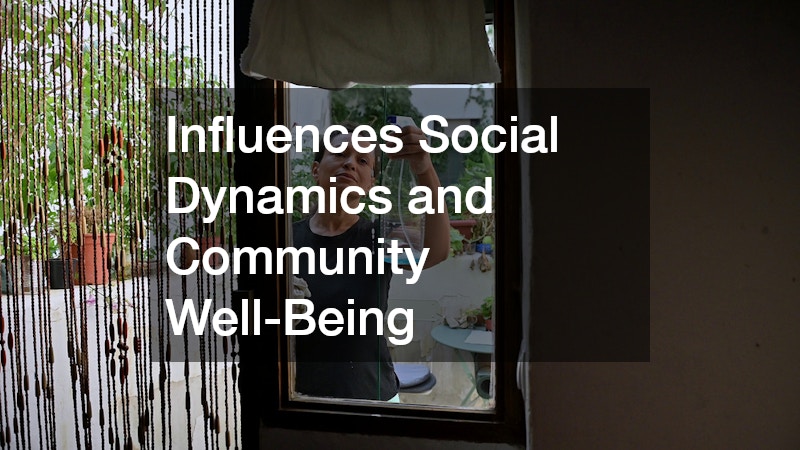Graffiti is a contentious issue in urban areas, where it straddles the line between art and vandalism. The act of removing graffiti, popularly known as ” Graffiti Clean Up,” has significant ramifications for communities. The process not only affects the physical environment but also influences social dynamics and community well-being.
Local governments often implement graffiti cleanup programs to address safety concerns and beautify neighborhoods. These efforts are seen as essential to improving the quality of life and property values in affected areas. However, the removal of graffiti also sparks debates about artistic expression and cultural identity.
Understanding the wide-ranging effects of graffiti clean up initiatives can help stakeholders develop more balanced and effective policies. This article explores various impacts, including economic, social, and environmental aspects. As these clean-up operations proliferate, it becomes increasingly important to evaluate their broader implications.
Economic Impacts of Graffiti Clean Up
Graffiti Clean Up efforts can drive substantial economic benefits for communities plagued by vandalism. Removing graffiti enhances property values, as well-preserved neighborhoods are more attractive to prospective buyers and businesses. Consequently, this can lead to increased investment and economic revitalization in affected areas.
The process also involves direct costs such as labor, materials, and possibly technology, providing employment opportunities within communities. Companies specializing in graffiti removal services, as well as local youth employment programs, often benefit from this demand. Additionally, local governments may allocate budgets specifically for these activities, injecting funds into the local economy.
Conversely, ongoing graffiti problems without adequate Graffiti Clean Up can deter business investments and tourism. Areas plagued by graffiti often face misconceptions about safety, discouraging economic activities. Thus, strategic and effective clean-up operations are crucial in maintaining and boosting local economic health.
Social Ramifications of Graffiti Clean Up
On a social level, Graffiti Clean Up operations significantly affect community relationships and perceptions. Removing graffiti can foster a renewed sense of community pride and ownership among residents. Successful clean-up efforts often inspire additional community engagement and volunteerism in local initiatives.
These campaigns can also influence social cohesion by bridging gaps between different community groups. Residents and local authorities working together toward a common goal can improve trust and communication. By engaging various stakeholders, these initiatives help foster a stronger community identity and mutual respect.
However, the removal of graffiti may also stir tensions related to cultural expression and artistic freedom. Some individuals view graffiti as a form of art and a voice for underrepresented groups. Finding a balance between maintaining community aesthetics and preserving artistic voice remains a challenge.
Environmental Considerations in Graffiti Clean Up
Graffiti Clean Up is more than a social or economic intervention; it also carries environmental implications. The chemicals and techniques used in graffiti removal can impact the environment if not managed responsibly. Eco-friendly methods and biodegradable products are increasingly adopted to minimize environmental damage.
Urban cleanliness often correlates with environmental sustainability; removing graffiti can also reduce visual pollution. Expectedly, clean and well-maintained public spaces enhance community well-being and lead to greater environmental stewardship. Community members are more likely to participate in environmentally positive activities when their surroundings are clean and welcoming.
Still, the environmental footprint of Graffiti Clean Up operations can be a point of concern. The production of cleaning agents, fuel consumption, and waste generated during removal must be managed effectively. A sustainable approach not only addresses graffiti issues but also promotes broader environmental responsibility.
Graffiti Clean Up efforts have a multifaceted impact on communities, touching upon economic, social, and environmental dimensions. By improving property values and business investments, these initiatives contribute positively to local economies. On a social front, clean-up campaigns inspire community pride and collaboration, yet they are also challenged by issues of artistic expression.
Environmentally, these operations can promote urban cleanliness and sustainability when conducted responsibly. Stakeholders need to consider the various implications of graffiti removal to develop effective, balanced strategies. As communities continue to grapple with graffiti, comprehensive and inclusive approaches to clean-up will prove increasingly vital.
In summary, Graffiti Clean Up extends beyond mere surface cleansing; it is an integral process with far-reaching community effects. By acknowledging these diverse impacts, we can work toward creating cleaner, safer, and more cohesive urban environments. Thus, understanding and evaluating the outcomes of graffiti removal become crucial for future progress and policy development.
.




